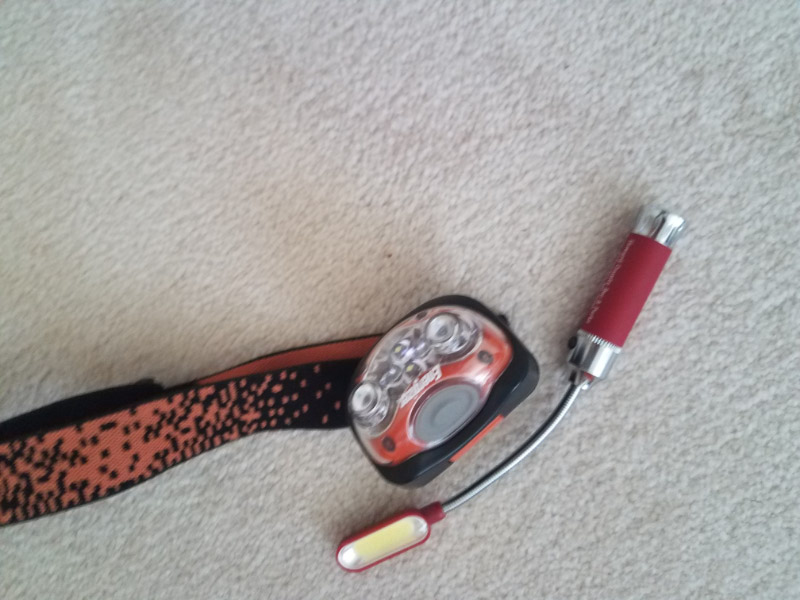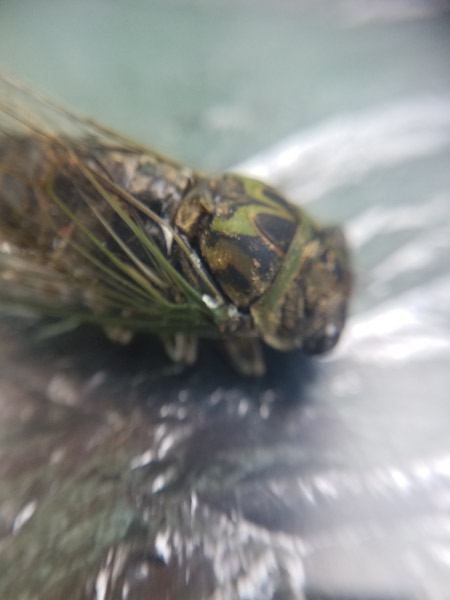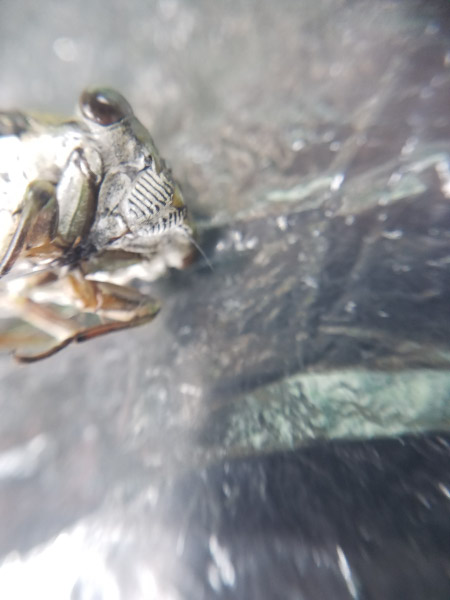NISE
/Update: This blog post is about a visit to Robinson early in March. Like all Howard County Recreation and Parks facilities it is closed today as part of the strategy to slow the spread of COVID-19. Check the county web site for more information.
One of the things about volunteering – there are always new things to try. Robinson Nature Center recently got some kits from the NISE (National Informal STEM Education) Network which is a community of informal educators and scientists dedicated to supporting learning about science, technology, engineering, and math (STEM) across the United States. Before I signed up for the training Robinson was offering, I looked at the NISE site. It offers many program and activities with great documentation (some kits). I was thrilled to know about the site and enjoyed the hands-on experience at the Robinson training.
Then I tried the “Exploring the Universe: Orbiting Objects” one Sunday afternoon. It included the ”gravity well” apparatus (made with PVC pipes and elbows, slip tees, PVC snap clamps, and 4-way stretch fabric). The picture shows the heaviest sphere representing the star/sun. The idea was to use spheres of various sizes and weights to simulate planets.
The activity is designed for ages 4 - adult. During the hour I was doing the activity with people coming to the nature center, the age of the children skewed young. If there were 2 children in the visiting family, the youngest was younger than 4. But it was still fun. We simply had some escaping planets and the children were not quite old enough to understand the content --- other than direct observations of the different size/weight of orbiting planets/balls and the star ‘wobble’ particularly with the heavier planet/ball orbiting. It was a learning experience for all!




































